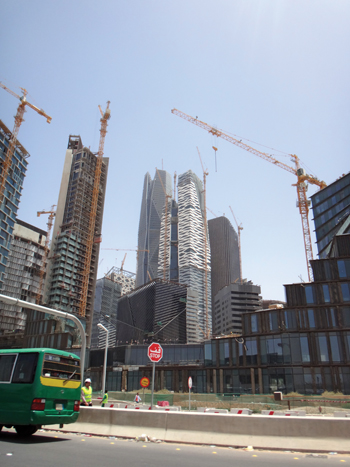
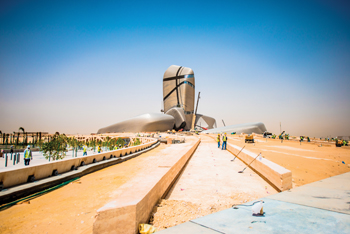 The King Abdulaziz Centre for World Culture in Dhahran ... work nearing completion.
The King Abdulaziz Centre for World Culture in Dhahran ... work nearing completion.
In MAY 2008 to mark the 75th anniversary of Saudi Aramco, the late King Abdullah laid the cornerstone of a centre that would symbolise the catalyst – oil – which in fact is the cornerstone behind Saudi Arabia’s momentous rise on the global arena.
That ambition is now close to reality with construction work nearing completion on the King Abdulaziz Centre for World Culture (KACC) in Dhahran, Saudi Arabia.
Looming large over the horizon near the famed Prosperity Well – a national landmark that commemorates where oil was first discovered in Saudi Arabia in commercial quantities – the centre’s design draws inspiration from Saudi Arabia’s geology and the rock formations that preserve petroleum energy. The designs are the creation of Norwegian architectural firm Snøhetta, which was assigned to ensure the multi-component facility would combine functionality, innovative approach and an iconic design.
A pioneering undertaking of Saudi Aramco, the King Abdulaziz Centre for Culture celebrates the accomplishments of the giant oil conglomerate. The entire centre is a fully integrated institution covering approximately 80,000 sq m – an interior space large enough to accommodate 10 football fields.
The centre’s innovative design resembles a rock mass that is larger than life, made up of five separate, yet connected buildings. Each ‘rock’ is a vital architectural element that will house an important knowledge of culture facility. For example, a keystone is suspended between a 17-storey tower and a library ‘pebble’, which further resonates the appearance of a rock mass.
FORM AND FUNCTION
Each of the five buildings has a unique function and structural geometry and is independently stable and isolated from the buildings in the landscaped dome, through the use of movement joints at the point where the buildings pass through the landscaped roof.
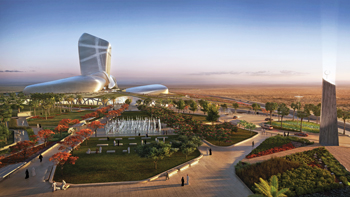 |
|
The King Abdulaziz Centre for World Culture ... an artist’s impression. |
The cultural centre’s architectural design is also streamlined chronologically: structures below the ground are focused on the past, including the archives and the four-gallery museum. Those on the ground level are linked to the present, including the performing arts spaces. And the Knowledge Tower, which soars above the rest of the cultural centre, includes the lifelong learning component, designed to pave the way for the future.
The striking façade consists of stainless steel tubes that are intricately and individually formed and bent, and then wrapped around the building. These tubes are 350 km long – which if stretched out in a straight line would virtually extend from Dhahran and Riyadh.
In addition to its striking form, sustainability has been a key consideration in the design of the centre, which aims to achieve a Leed (Leadership in Energy and Environmental Design) certification.
Saudi Oger is the contractor on the project which includes a 4,000-sq-m multi-functional plaza; a 1,500-sq-m exhibition hall; administrative areas; an auditorium and theatre with a capacity for 1,000 people; a Children’s Zone; a lifelong learning centre; a four-storey library; a mosque; a four-gallery museum and a children’s museum; a multi-media theatre that can accommodate 300 people; and associated facilities including cafes and gift shops.
The multimedia theatre will host events ranging from stage performances to digital media creations, and will encourage Saudi playwrights, directors, actors and digital media professionals to practice and hone their talents.
Its Keystone project, meanwhile, will aim at cultivating Saudi Arabia’s knowledge society and target Saudi students and professionals aged 22 and above who want to become innovators.
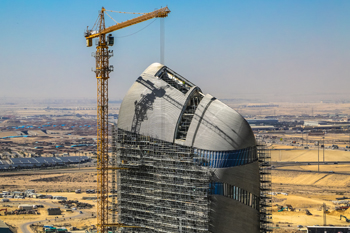 |
The 17-storey Knowledge Tower. |
The world-class library will boasts an initial collection of more than 200,000 books, special collections, periodicals and electronic resources, in Arabic and English. It will be a place of study and activity, nurturing a love of reading, discovery and the pursuit of knowledge.
The archives section will manage and maintain records of Saudi Arabia’s history and its oil heritage.
The Children’s Zone will include discovery labs, outdoor activity spaces and interactive exhibits, while the theatre – comprising a 900-seat auditorium and state-of-the-art stage – will showcase top performers from Saudi Arabia and around the world.
The museum will mount national and international exhibits to explore local contemporary arts, Saudi Arabia’s natural and social history and the secrets of the Arabian peninsula’s ancient civilisations.
The KACC itself is positioned in landscaping that is sustainable and requires minimal maintenance and irrigation, comprising vegetation that is indigenous to the desert region.













































































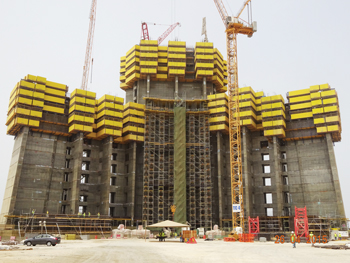
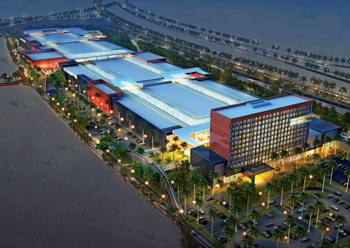
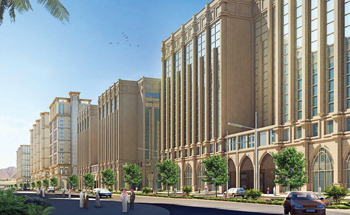
.jpg)


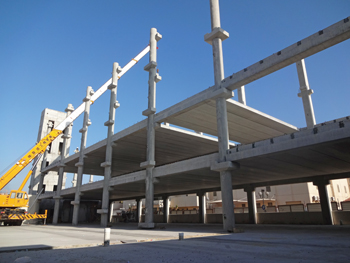
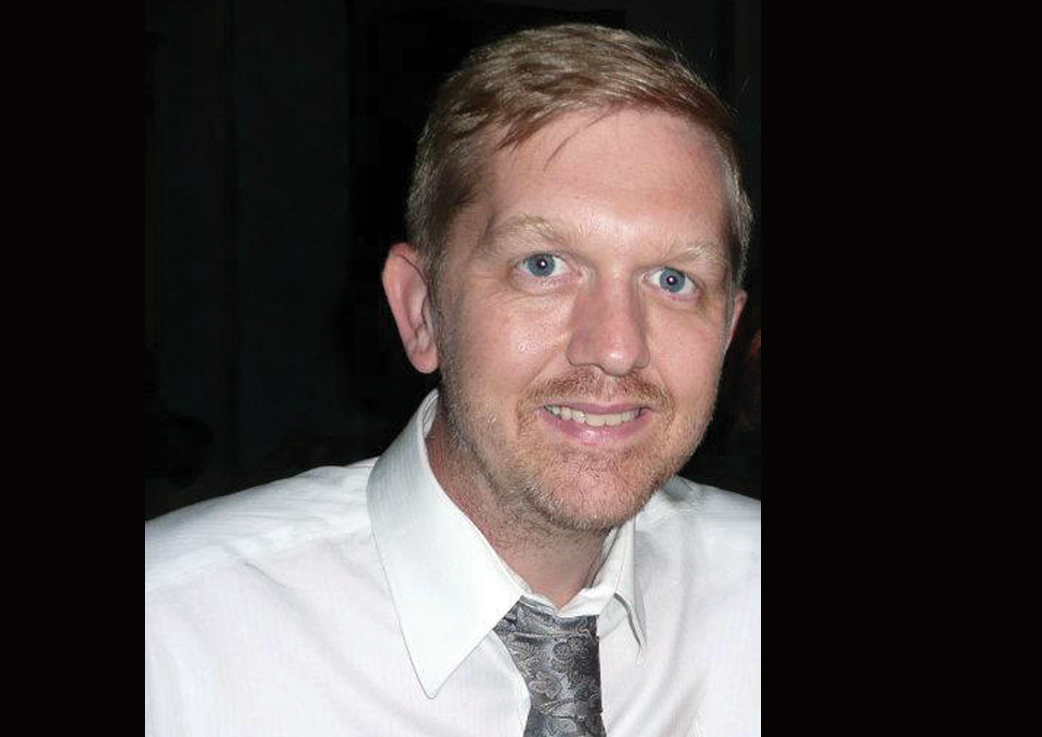
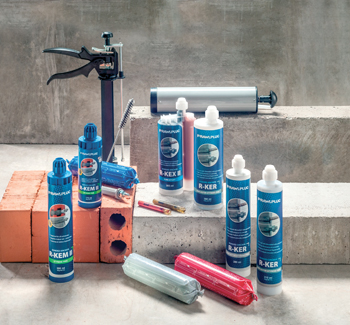
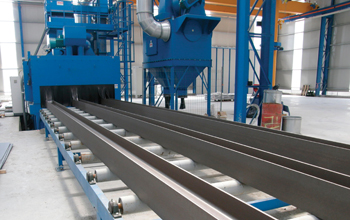
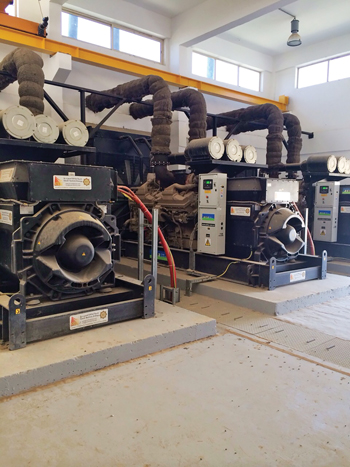
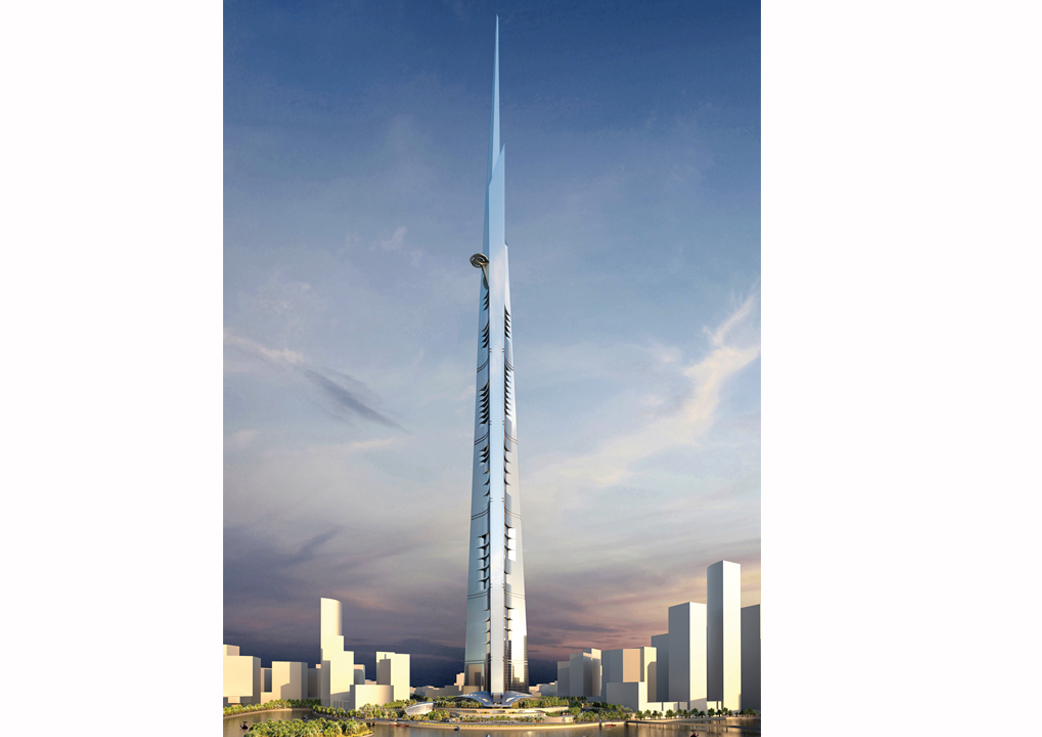
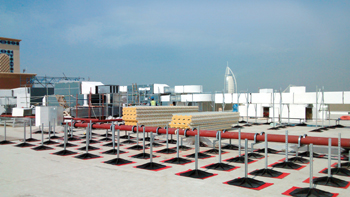
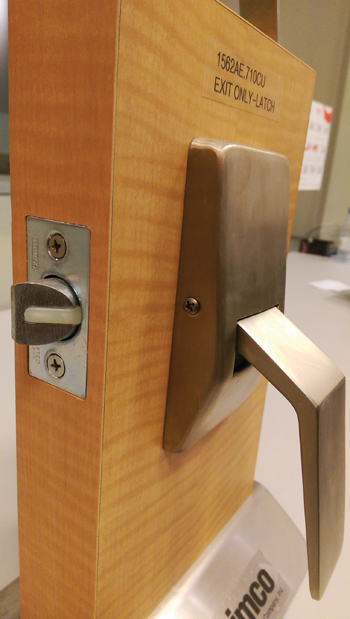


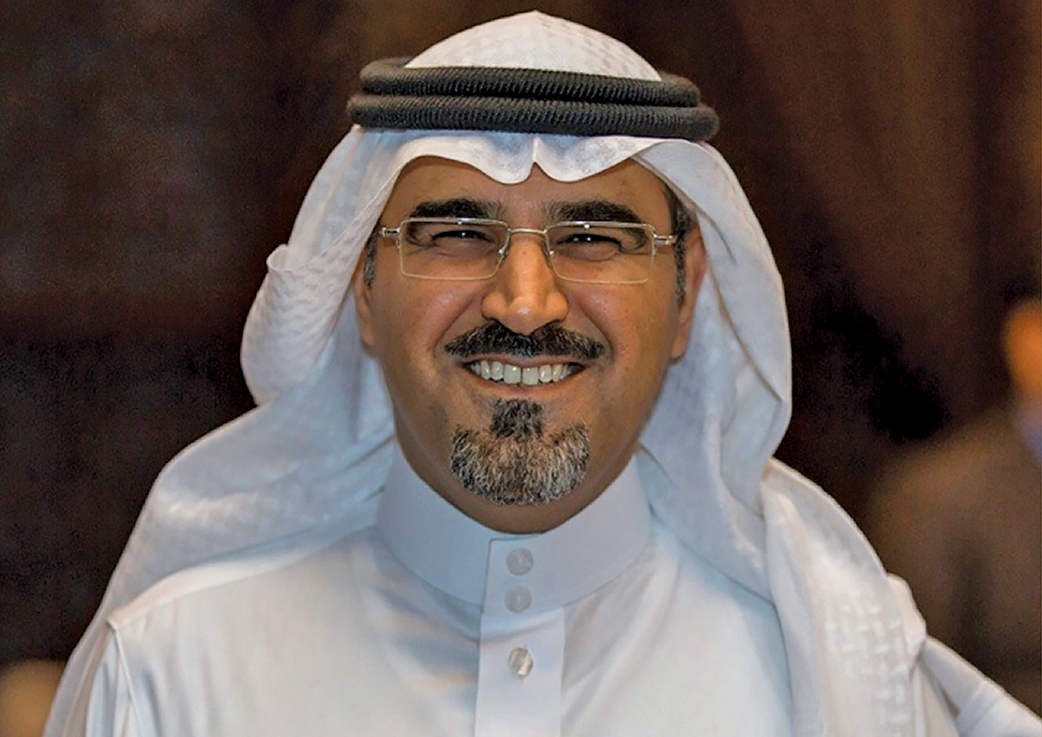
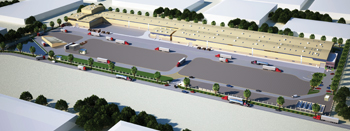
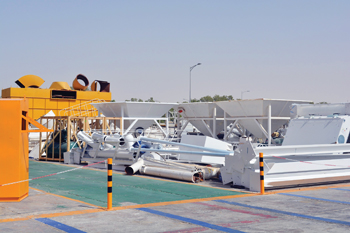
UngerSteelGroup.jpg)